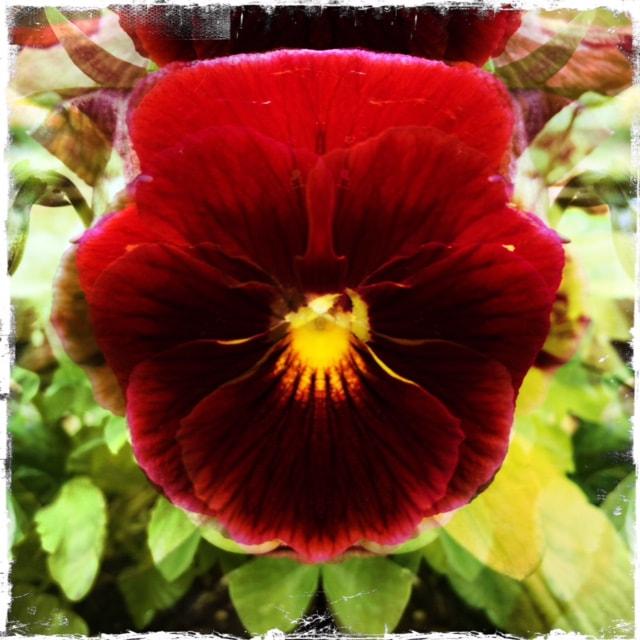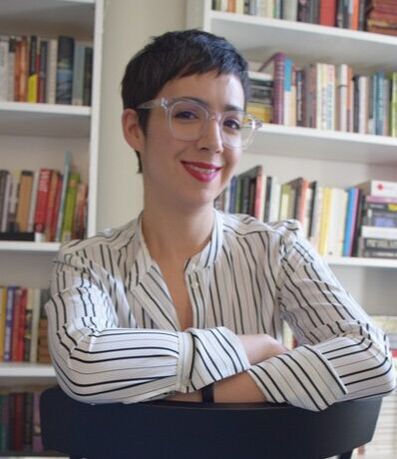ASSAY: A JOURNAL OF NONFICTION STUDIES
8.2
8.2
|
Queer autobiography and biography are vital tools for making visible identities and life stories that have historically been rendered silent, invisible, and unnarratable. Forms like the autobiographical coming out story, for example, assume a mimetic relationship between life experience and narrative, culminating in personal liberation and political visibility. While autobiography can provide a first-hand account of queer experience, biography can amend the historical record by recuperating queer lives of the past; both genres, then, seem to support the project of LGBTQ politics.
Queer biography, specifically, can be understood as an “activist genre,” according to Melanie Micir, because it aims to “transform long-standing social conventions” (Passion Projects 7). Intergenerational transmission of queer experience through biography serves contemporary publics eager for connection with queer predecessors, yet, Micir asserts, it is usually undertaken on behalf of “silent and vulnerable subjects of biographical preparations who, no longer living, cannot ‘offer meaningful consent to their representation by others’” (“Living in Two Tenses” 121). The question of how we read queer lives of the past remains unsettled, not merely around the issue of consent but also in relation to the politics and ethics of rendering them legible through contemporary understandings of sexual identification. Queer theory— particularly the queer historiographic work associated with scholars such as Michael Warner, Heather Love and Valerie Traub—has shown [1] that the scholarly project of tracing the historical construction of sexuality, and its culturally and historically specific emergence as homosexuality in the late nineteenth century, exists in tension with the political and affective allure of reclaiming all non-normative sexualities of the past as queer or proto-queer. This identificatory reclamation serves a progress narrative and risks erasing the complexities of sexual identification in the past and the present. The critical desire for recuperation through narratives of LGBTQ progress risks, as Heather Love asserts, “transforming the base materials of social abjection into the gold of political agency” (18). Can biography, a genre seemingly wedded to heteronormativity and expressed in a teleological narrative form, provide nuanced accounts of queer lives? This paper considers recent biographies of two writers—Lorraine Hansberry and Susan Sontag—who were unwilling or unable to come out during their lives and whose stories and identities are therefore not easily assimilable to contemporary narratives of LGBTQ liberation that rely on progress and visibility. While Sontag was notoriously reticent about her sexuality and maintained an aesthetic and political impersonality, Hansberry, although she broke barriers as the first Black woman to write a Broadway play, was constrained by respectability politics, and died before she could see social and cultural norms change. In Imani Perry’s Looking for Lorraine (2018) and Benjamin Moser’s Sontag: Her Life and Work (2019), both biographers reclaim their subjects as lesbian writers. I aim to compare how Moser and Perry navigate the politics of recuperation, as well as the conventions biography, a genre which is perceived in queer theory as particularly susceptible to producing sexuality as a site of truth for queer lives. Ultimately, I ask what biographical methods align with these queer theoretical aims, and how biography, long considered an inferior object of analysis in queer theory, might be recognized as having the same potential for aesthetic and political innovation as autobiography.
|
|
Margot Kotler is a doctoral candidate in English at the Graduate Center and an adjunct instructor in English at Queens College, both at the City University of New York. She holds an MPhil in English from the Graduate Center and an MA in English and Women’s, Gender, and Sexuality Studies from Brandeis University. Her work has appeared in Woolf Studies Annual and the Virginia Woolf Miscellany. She is currently writing a dissertation on impersonality in twentieth-century queer life writing.
|

